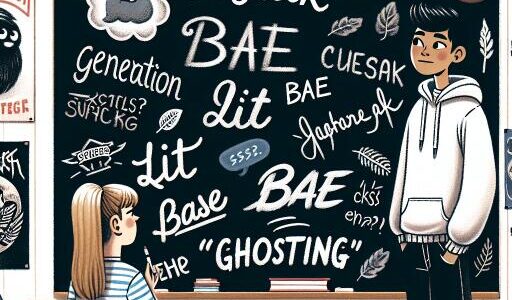The Power of Visual Arts: Transformative Impact
Visual arts have been an influential force, shaping emotions, cultures, and even societal frameworks. Beyond the beauty they exhibit, visual arts inspire people, drive innovation, and incite change. In today’s world, the transformative power of visual arts is more pronounced than ever. Whether through public art installations or digital mediums, visual arts continually evolve our experiences and mold our daily interactions.
In our current era, art serves as a voice for those who aren’t always heard. Through this lens, visual arts emerge as catalysts for change. Artists harness their creative platforms to spotlight pressing issues like climate change, human rights, and social justice. Whether it’s through thought-provoking murals on the streets or impactful digital campaigns, art acts as a medium for activism. This transformative power transforms complex concerns into tangible narratives, making them accessible to a wider audience.
The emotional resonance of visual art is profound, allowing it to forge deep connections. A single artwork can evoke joy, sorrow, nostalgia, or anger. This powerful pull transcends language, speaking directly to human experience. Take, for instance, the legendary work “Starry Night” by Van Gogh. The kinetic dance of colors within its turbulent skies evokes a strong emotional reaction, eliciting awe and introspection. Such resonance is what gives visual art its enduring strength, linking us to stories, moments, and individuals in ways that words often cannot.
The role of public art exemplifies how visual arts transform our environment. Murals, sculptures, and installations not only enliven spaces but imbue them with identity and meaning. Cities like New York, Berlin, and Mexico City have long embraced street art, turning ordinary environments into cultural epicenters. These pieces often become symbols, markers of the city, asserting that transformative visual arts are not limited to the confines of galleries. Rather, they elevate everyday spaces into realms of significance.
Moreover, technology has broken down barriers, bringing the power of visual arts to the masses. Platforms such as social media serve as instantaneous galleries where worldwide artists can exhibit their work. This digital era democratizes art, inviting engagement irrespective of geographical or economic boundaries. Furthermore, the rise of digital art in forms like GIFs, memes, and virtual reality experiences challenges and expands traditional definitions. As a dynamic phenomenon, visual arts continue to evolve, reflecting the ongoing nature of these changes.
An often-overlooked facet of visual arts lies in their therapeutic potential. Art therapy, for instance, is used to navigate trauma, mental health challenges, and stress. Engaging with or creating art allows individuals to express otherwise indescribable emotions, offering a sanctuary for emotional release. In institutions like hospitals, schools, and rehabilitation centers, visual arts serve as therapeutic tools, promoting healing and well-being. In these settings, the power of visual impact becomes intensely personal, providing solace and hope.
An exhilarating aspect of visual arts is their capacity to shape future generations. Young artists today are emerging in a world that continuously redefines the boundaries of creativity. The tools of modern artistry, such as 3D printing, digital painting, and virtual reality kits, are empowering the next generation to chart new paths in artistic innovation. This emerging generation is poised to redefine visual arts, making them more inclusive and diverse than ever.
Visual arts extend beyond the circles of art elites, offering marginalized communities a powerful platform to share their stories and perspectives. Indigenous artists, for instance, are rediscovering and expressing their cultural roots, challenging dominant narratives while asserting identity through vibrant textiles, traditional paintings, and urban art. This cultural resurgence showcases how visual arts serve as instruments of empowerment and resistance.
In our interconnected era, visual arts play a pivotal role in bridging cultural divides. They allow audiences to view the world through different lenses, fostering empathy and understanding. International exhibitions and cross-border collaborations have become more frequent, creating spaces for diverse voices to resonate. These global interactions through visual arts contribute to a more inclusive and interconnected world, where differences are embraced rather than feared.
The transformative power of visual arts is undeniably profound. Whether by stirring emotions, transforming urban spaces, or functioning as a catalyst for social change, visual arts continuously influence how we perceive and engage with the world. As technology advances and new generations of artists rise, the significance of visual arts will undoubtedly flourish, impacting not just environments but society’s very essence.









